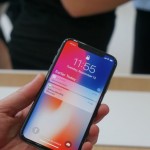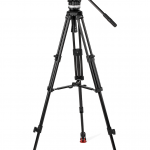
OUR VERDICT
- The Riva Arena is a great-sounding alternative to Sonos for Android users who want to roll their own multi-room speaker setup. iOS users have little reason to get the Riva over the comparable Sonos, however, since AirPlay currently doesn’t support multi-room audio.
FOR
- Excellent sound quality
- Flexible connectivity options
- Splash-proof
AGAINST
- More flexible with Android than iOS
- Mediocre value
- Expensive battery pack
Sonos has been the defacto choice for those looking to create a multi-speaker listening experience in their home. That’s because Sonos’ mesh Wi-Fi technology and do-everything app makes using its speakers a pleasure.
However, for those who don’t like how Sonos speakers sound or simply don’t want to buy into the Sonos ecosystem, there hasn’t always been a ton of stellar alternatives. Samsung and LG have their own multi-room speakers, sure, but they can be quite expensive and some don’t sound particularly great.
For those who want the convenience of a multi-room setup, the $249 (£225, AU$369) Riva Arena is an excellent Google Cast-enabled alternative to the Sonos Play:1. While Sonos only works over Wi-Fi, RIVA Arena supports Google Cast, AirPlay, Bluetooth and even has a 3.5mm jack for legacy devices. With more connectivity options, the RIVA allows you mix and match speakers in your home.
Design
The RIVA Arena looks strikingly similar to the Sonos Play:1 with its rectangular shape that will blend in well with the rest of your audio equipment. The Arena comes in white or black so you won’t find any funky colors like you will with the Urbanears Baggen and Stammen.
On top of the RIVA Area, you’ll find all of the speaker’s controls. You can play/pause, control volume, and switch sources. However, the Arena is really meant to be controlled via your smartphone or tablet. With the Riva WAND app downloaded, you can set up speaker groups for multi-room audio, check on the status of each speaker, and see what’s currently playing.
The app also allows you to choose your music source, whether it’s songs stored on your device, a USB stick connected to the speaker or from a media server. Alternatively, you can simply Cast or AirPlay music to the speaker within apps like Spotify, Apple Music, or Google Play Music.
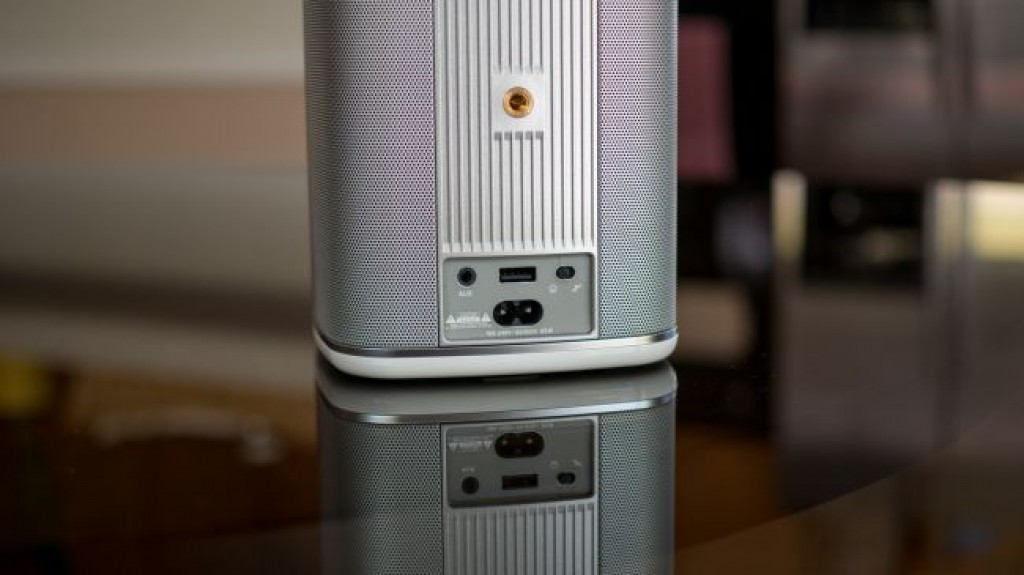
Around the back you’ll find a standard tripod mount and inputs for 3.5mm aux as well as a USB-A port for playing music off of a hard drive or thumbdrive. There’s also a switch to toggle between Home and Away modes.
Away mode allows you to take the RIVA Arena with you on the go with the optional $99 (around £75/AU$125) battery pack by creating its own mesh wireless network that doesn’t rely on your home’s router.
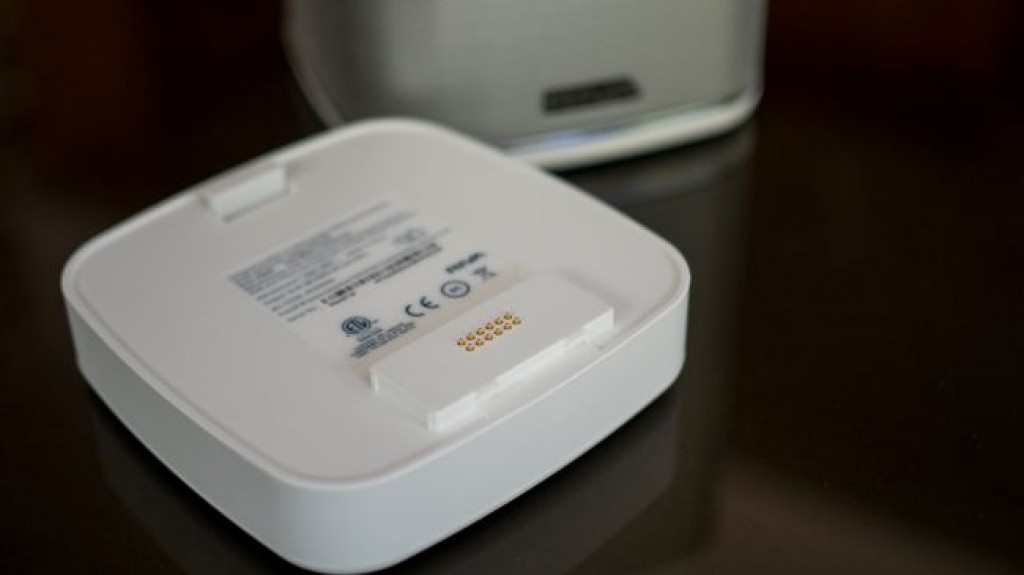
Speaking of the battery pack, this optional accessory will get you up to 20 hours of music playback away from an outlet. The battery attaches to the bottom of the Arena via a set of pins hidden under a silicone flap.
The battery is a nice, albeit pricey option that doesn’t really make sense. While the speaker is splash proof, it’s quite large to carry around. You’re better off buying a waterproof Bluetooth speaker to travel with.
Performance
The first time we fired up the RIVA Arena, we were blown away by how loud the speaker got. For such a small enclosure, the Arena punches above its weight. Sound quality is excellent with a slightly warm tonality. Similarly, bass is impactful, highs are sparkling with good resolution and mids are silky smooth.
Unlike most compact speakers, the RIVA Arena actually plays in stereo. Most other speakers downmix stereo recordings to mono. This makes the Arena sound relatively spacious for its size though there’s no real soundstage imaging since the speaker drivers are so close together. However, you can pair two Arena speakers and place them further apart to create a large soundstage.
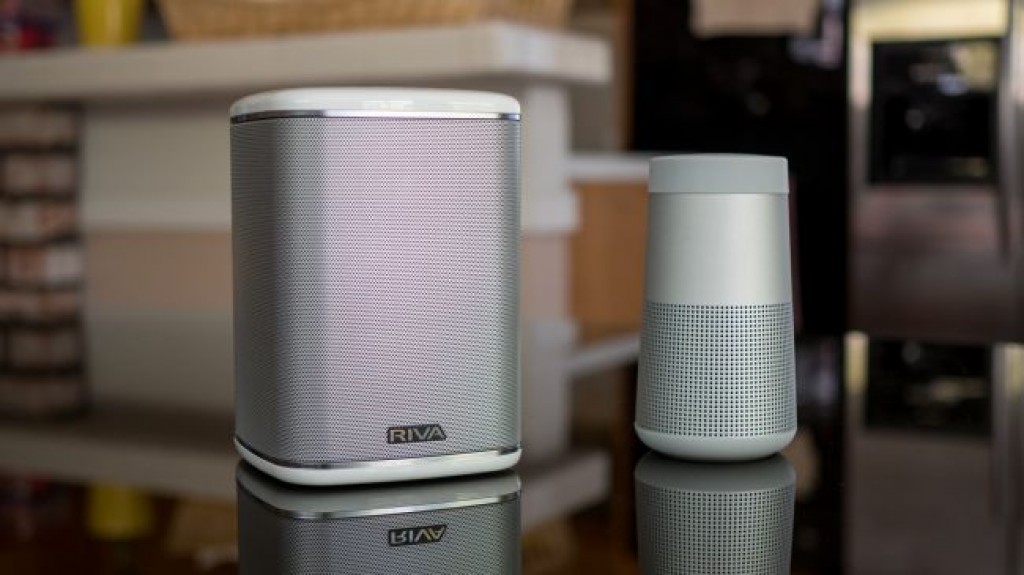
While Apple users can only group RIVA speakers with the RIVA WAND app, Android users have the flexibility to group any Google Cast supported speakers together via the Google Home app. This means you can even buy a $35 (£30, about AU$48) Chromecast Audio to turn any speakers into a Wi-Fi connected multi-room capable speaker – expanding their collection more easily.
Apple users will have to wait to buy into the RIVA ecosystem until AirPlay 2 launches, which will allow you to mix and match AirPlay enabled speakers. This is a big drawback for users who don’t want to be locked into one manufacturer’s speakers over another. For now, Apple users will most likely enjoy the Sonos experience over something like the RIVA Area, as it has a bit more flexibility.
Verdict
We really like the Arena for its stellar sound and flexibility: Google Cast allows users the flexibility to pair and mesh with any Cast-enabled speaker. Using the RIVA Arena with Apple devices is still an all right experience, but AirPlay is currently more restrictive, forcing iOS users to buy other RIVA speakers in order to take advantage of multi-room audio until AirPlay 2 launches.
Competitors like the Sonos Play:1 and the newly announced Sonos One mean the RIVA Arena is up against some stiff competition. The Play:1 also sounds excellent and is extremely easy to use. The Sonos One does all of that and includes a voice assistant to boot.
So who should buy the Riva Area? Android users who want a great-sounding speaker, the ability to mix and match their speakers, and don’t care about having a voice assistant.
Sоurсе: techradar.com





































